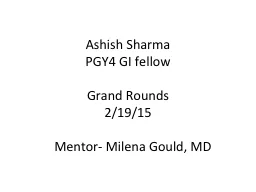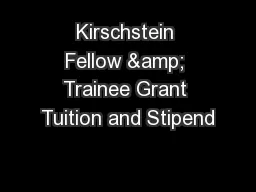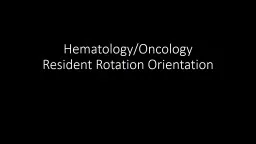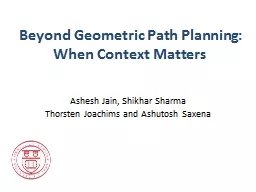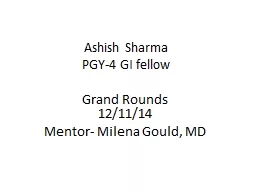PPT-Ashish Sharma PGY4 GI fellow
Author : littleccas | Published Date : 2020-08-04
Grand Rounds 21915 Mentor Milena Gould MD Case presentation 64 yo Caucasian male with ho heavy smoking COPD CAD without CHF on A spirin 81 mg aflutter on metoprolol
Presentation Embed Code
Download Presentation
Download Presentation The PPT/PDF document "Ashish Sharma PGY4 GI fellow" is the property of its rightful owner. Permission is granted to download and print the materials on this website for personal, non-commercial use only, and to display it on your personal computer provided you do not modify the materials and that you retain all copyright notices contained in the materials. By downloading content from our website, you accept the terms of this agreement.
Ashish Sharma PGY4 GI fellow: Transcript
Download Rules Of Document
"Ashish Sharma PGY4 GI fellow"The content belongs to its owner. You may download and print it for personal use, without modification, and keep all copyright notices. By downloading, you agree to these terms.
Related Documents

